The best Sony camera for professional photography, on paper, would undoubtedly be the flagship Sony A1. But Sony has developed its Alpha range – in particular its A7 series cameras – over the years to include a number of options with a feature set tailored for specific professional needs.
Choosing the best Sony camera for professional photography, of course, depends what you shoot. Sports photographers and photojournalists, for instance, will want a camera that provides a fast burst mode alongside an equally fast and accurate AF system. Landscape and portrait photographers, on the other hand, will want a camera with as much resolution as possible for making large prints or cropping into their images.
Video, of course, is becoming an important element of many professional photographers’ work, as more clients ask for both video and stills. This is particularly true in the wedding industry.
Is the Sony A7 IV a professional camera?
Both the Sony A7 III and its replacement, the Sony A7 IV, are professional-level cameras. Though they are billed as ‘all-rounders’, both cameras offer full-frame sensors, 4K video capability and highly accurate autofocus systems. Many professional photographers use these both as a back-up and primary body in their kit bag.
The best Sony cameras for professional photography you can buy today
To help you choose the best Sony camera for your professional photography needs, we’ve run through its range and ranked them according to what they do best. For a broader overview of Sony’s whole system at all levels, check out our guide to the best Sony cameras. You might also find the following guides helpful:
- Best cameras for professional photography
- Best professional cameras for beginners and students
- Best professional DSLRs
For a deeper dive into the many different camera types and features available, check out our range of camera buying guides.
Sony A1
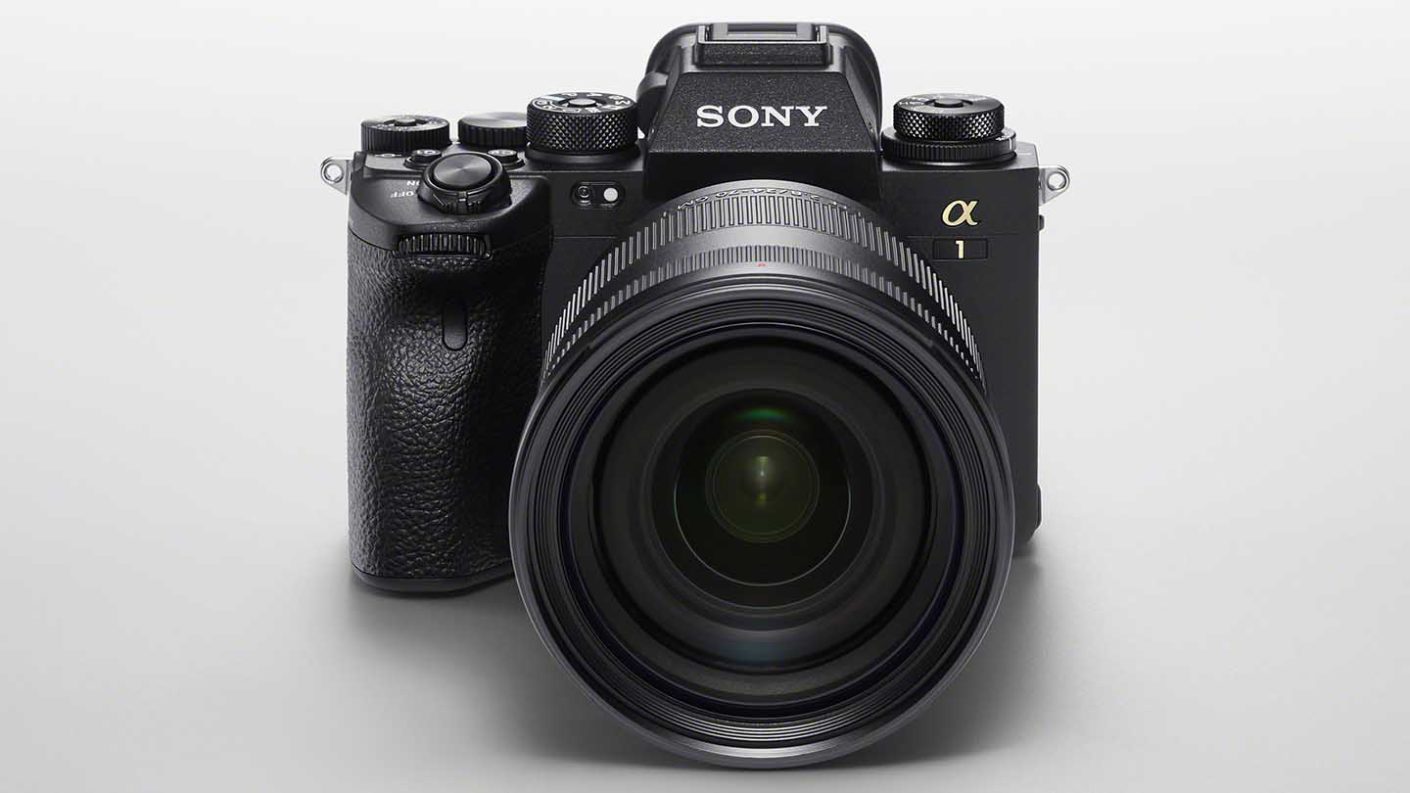
Specification
- Camera type: Full-frame mirrorless
- Announced: 26th January 2021
- Sensor: 50.1Mp full frame (35.9 x 24.0mm), Exmor RS CMOS sensor
- Lens mount: FE
- Sensitivity range: Stills: ISO 100-32000 (expandable to ISO 50 to ISO 102400) Video: ISO ISO 100-32000 (expandable to ISO 100-12800)
- Still Image format: Jpeg, HEIF, raw (Sony ARW 4.0)
- Video format & compression: XAVC S: MPEG-4 AVC/H.264, XAVC HS: MPEG-H HEVC/H.265
- 8K Video (XAVC HS): 7680 x 4320 (4:2:0, 10bit, NTSC) (Approx.): 30p(400Mbps / 200 Mbps), 24p(400Mbps / 200 Mbps), 7680 x 4320 (4:2:0, 10bit, PAL) (Approx.): 25p(400Mbps / 200 Mbps)
- 4K Video (XAVC HS): 3840 x 2160 (4:2:0, 10bit, NTSC) (Approx.): 120p (200Mbps), 60p (150Mbps / 75Mbps / 45Mbps), 24p (100Mbps / 50Mbps / 30Mbps); 3840 x 2160 (4:2:0, 10bit, PAL) (Approx.): 100p (200Mbps), 50p (150Mbps / 75Mbps / 45Mbps); 3840 x 2160 (4:2:2, 10bit, NTSC) (Approx.): 120p (280Mbps), 60p (200Mbps / 100Mbps), 24p (100Mbps / 50Mbps); 3840 x 2160 (4:2:2, 10bit, PAL) (Approx.): 100p (280Mbps), 50p (200Mbps / 100Mbps)
- 4K Video (XAVC S): 3840 x 2160 (4:2:0, 8bit, NTSC) (Approx.): 120p (200Mbps), 60p (150Mbps), 30p (100Mbps / 60Mbps), 24p (100Mbps / 60Mbps); 3840 x 2160 (4:2:0, 8bit, PAL) (Approx.): 100p (200Mbps), 50p (150Mbps), 25p (100Mbps / 60Mbps); 3840 x 2160 (4:2:2, 10bit, NTSC) (Approx.): 120p (280Mbps), 60p (200Mbps), 30p (140Mbps), 24p (100Mbps); 3840 x 2160 (4:2:2, 10bit, PAL) (Approx.): 100p (280Mbps), 50p (200Mbps), 25p (140Mbps)
- 4K Video (XAVC S-I): 3840 x 2160 (4:2:2, 10bit, NTSC) (Approx.): 60p (600Mbps), 30p (300Mbps), 24p (240Mbps); 3840 x 2160 (4:2:2, 10bit, PAL) (Approx.): 50p (500Mbps), 25p (250Mbps)
- Movie functions: Audio Level Display, Audio Rec Level, PAL/NTSC Selector, Proxy Recording (1280 x 720 (6Mbps), 1920 x 1080(9Mbps), 1920 x 1080(16Mbps)), TC/UB, Auto Slow Shutter, Gamma Disp. Assist, raw output(HDMI)
- Autofocus system: Hybrid AF with 759 phase detection points and 425 contrast detection points, Still images: Human (Right/Left Eye Select) / Animal (Right/Left Eye Select) / Bird, Movie: Human (Right/Left Eye Select), sensitive down to -4EV
- Maximum continuous shooting rate: Mechanical shutter: 10fps, Electronic shutter 30fps
- Viewfinder: 0.64-inch 9,437,184-dot EVF with 100% coverage and up to 0.9x magnification. It also offers 0.90x viewfinder magnification, 41° diagonal field of view with 25mm-high eyepoint
- Screen: 3-inch 1,440,000-dot tilting touchscreen
- Stills shutter speed range: Mechanical shutter: 1/8000-30sec plus Bulb, Electronic shutter: 1/32000-30sec plus Bulb
- Max flash sync speed (full-frame): Mechanical shutter: 1/400 sec, Electronic shutter: 1/200 sec
- Image stabilisation: 5-axis giving up to 5.5EV compensation
- Storage: Dual SD/SDHC/SDXC (UHS-I/II) & CFexpress Type A slots
- Connection ports: Sync, 3.5mm headphone, 3.5mm mic, LAN
- Battery: NP-FZ100 rechargeable Li-ion battery giving 400 shots with the viewfinder or 530 with the screen
- Dimensions (WxHxD): 128.9 x 96.9 x 80.8mm / 5 1/8 x 3 7/8 x 3 1/4 inches
- Weight (including battery & memory card): 737g / 1 lb 10.0 oz
The Alpha A1 is Sony’s most advanced camera to date, it combines a high-resolution full-frame sensor with high-speed performance. It features a new 50.1Mp full-frame stacked Exmor RS image sensor and can perform up to 120 AF/AE calculations per second.
Thanks to its impressive processing power, the Sony A1 can shoot at up to 30fps (frames per second) while its large buffer allows for sequences of up to 155 full-frame compressed RAW images or 165 full-frame JPEGs to be shot at that rate.
In addition to improved Real-time Eye AF for humans and animals, the Alpha 1 uses high-level subject recognition technology for Real-time Eye AF for birds. Algorithms also maintain the AF tracking if a sitting bird takes off or the framing changes.
The Sony A1 is the first Sony Alpha series camera to feature 8K 30p 10-bit 4:2:0 XAVC HS video recording. It’s also capable of shooting 4K 120p / 60p 10-bit 4:2:2 video and offers S-Cinetone colour. It uses 8.6K oversampling for enhanced resolution and, naturally, the 8K footage can be used for 4K editing during post-production.
The Sony A 1 has a 9.44 million dot OLED Quad-XGA electronic viewfinder, with a refresh rate of up to 240 fps, ensuring no blackout, delivering the highest resolution in its class. In addition, there’s a 3-inch 1,440,000-dot tilting touchscreen that features the revised menu arrangement and more extensive touch-control that was first seen in the Sony A7S III.
In case a resolution of 50Mp isn’t enough, the Sony A1 has Sony’s Pixel Shift Multi Shooting mode onboard to enables 16 full-resolution images to be composited.
You can order the Sony A1 from Wex Photo Video and Park Cameras in the UK and Adorama or B&H Photo Video in the USA. You can also find the latest Sony A1 offers at Amazon UK and Amazon US.
£6500
$6500For
- Excellent combination of speed and resolution
- Great range of video features including 8K video
- Superb electronic viewfinder
Sony A7R IV
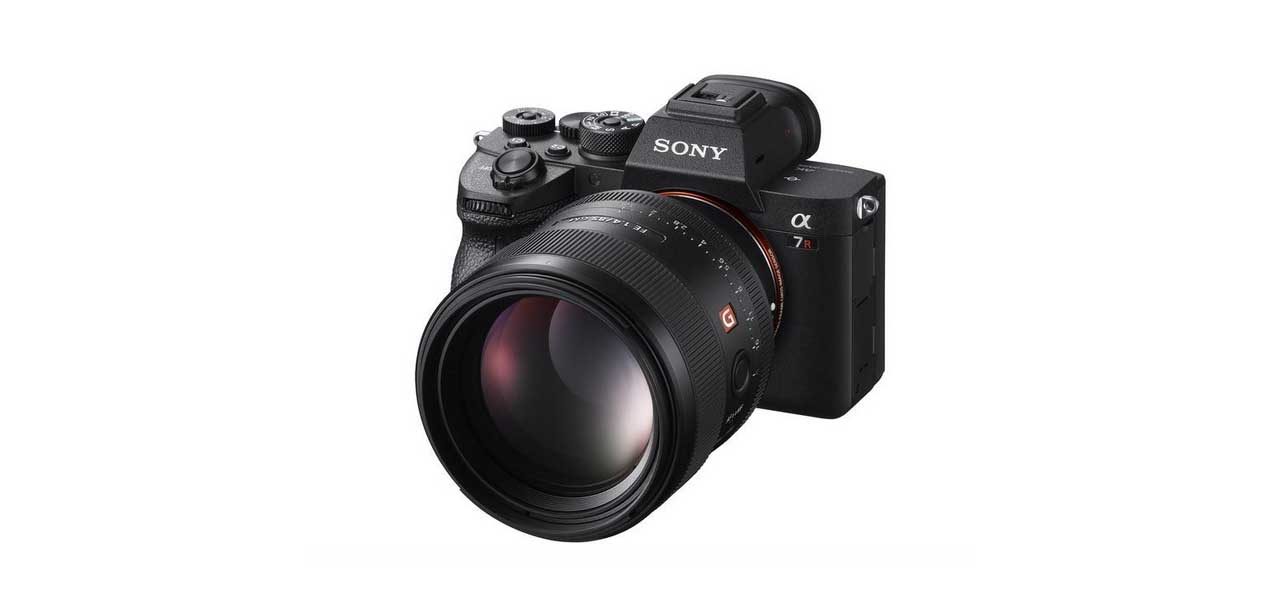
Specification
- Camera type: Full-frame mirrorless
- Announced: 16th July 2019
- Sensor: 61MP BSI full-frame sensor
- Lens mount: Sony FE
- Autofocus system: Hybrid with 567 phase detection + 425 contrast detection AF points
- Continuous Shooting: 10fps burst shooting with full AF / AE Tracking
- Video: 4K video with S-Log2/3, HDR
- Sensitivity range: Still images: ISO 100-32000 (expandable to ISO 50 to ISO 102400) Movies: ISO 100-32000
- Viewfinder: 0.5 type 5,760,000-dot OLED
- Screen: Tilting 3-inch 1,440,000-dot touchscreen
- Storage: 2x SD/SDHC/SDXC UHS-II
- Battery: Rechargeable NP-FZ100 battery supplied, Life Stills: 530 shots (viewfinder) / 670 shots (LCD), Movies: 90mins (viewfinder) / 105mins (LCD)
- Dimensions (WxHxD): 128.9 x 96.4 x 77.5mm
- Weight: 665 g / 1lb 7.5oz with battery and SD card
The Sony A7R Mark IV’s 61-million-pixel 35mm sensor is a world first, which the company says delivers ‘medium format quality’.
The sensor is back-side illuminated, and it provides 15 stops of dynamic range. As well as 61-megapixel images, the Sony A7R Mark IV can also produce images with 26 million pixels in APS-C crop mode.
What’s more, its revampled Pixel Shift Multi-Shooting mode can produce images at 240-megapixel resolution. It does this by capturing 960 megapixels worth of data from 16 images, which it then composites together using Sony’s Imaging Edge software.
The A7R Mark IV boasts 567 phase-detection AF points in full-frame mode, which cover 74% of the frame. In the camera’s APS-C mode it has 325 AF points which then cover nearly the entire frame. There’s also Sony’s excellent AI-driven Real-time Eye AF (for humans and animals ins stills mode) and Real-time Tracking modes, which is invaluable for portrait, wedding, sport, pet and social photography.
Depsite its high resolution, the Sony A7R IV is also built for speed and can capture full-resolution 61-megapixel images in continuous shooting mode at up to 10fps, and up to 68 images per continuous burst.
Also among its key features is 5.5-stop, 5-axis in-body image stabilisation, wireless tethering capability, faster USB connection, 802.11ac Wi-Fi plus Bluetooth and studio lighting support.
It all adds up to make the Sony A7R IV one of the best cameras available right now.
Find the best deals on the Sony A7R IV at Amazon UK and Amazon US.
£3500
$3500For
- Superb detail resolution
- Excellent autofocus system
- High-resolution electronic viewfinder
Sony A7S III
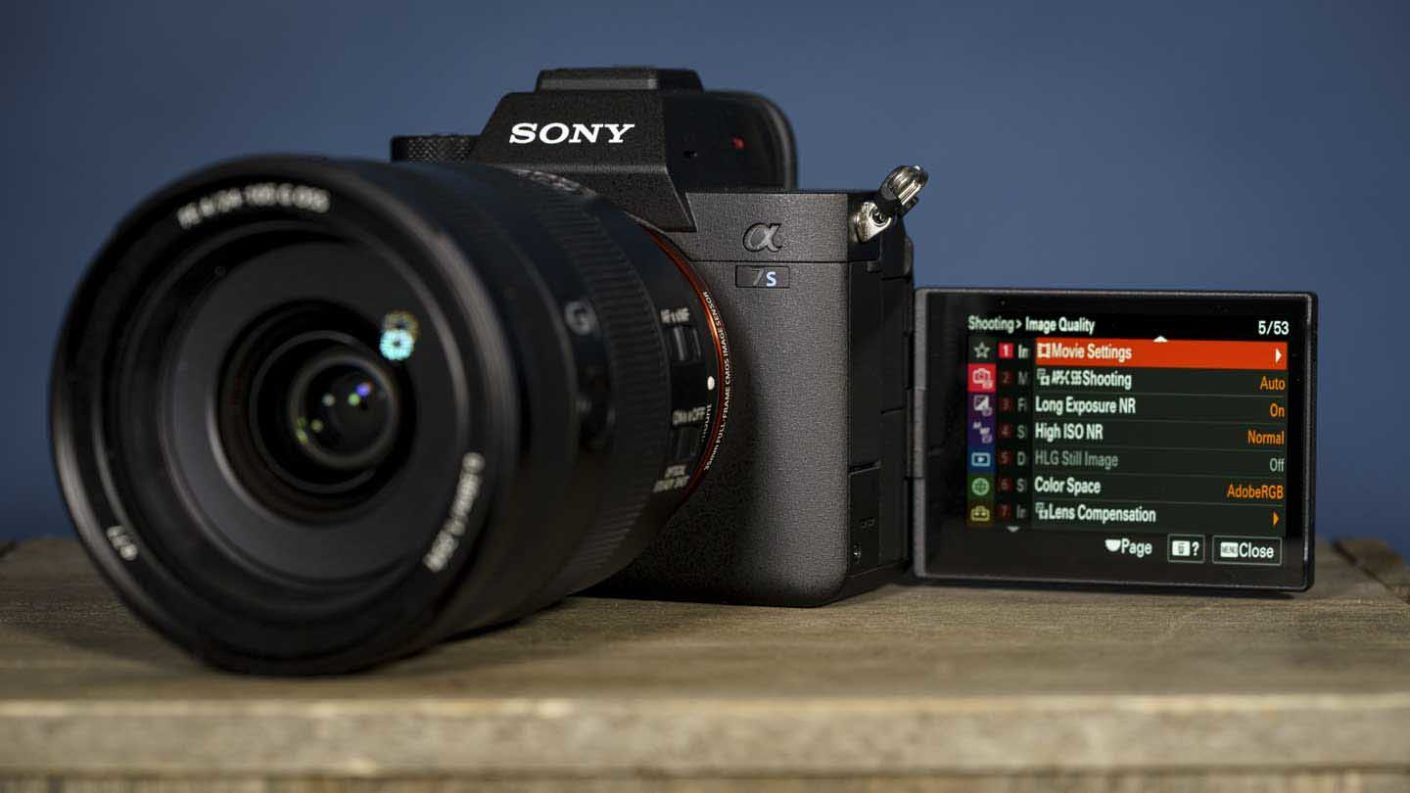
Specification
- Camera type: Full-frame mirrorless
- Announced: 28th July 2020
- Sensor: Full-frame 12.1Mp BSI CMOS
- Processing engine: Bionz XR
- Sensitivity: Video: ISO 80-102,400 expandable ISO 40-409,600. ISO base in S-Log is ISO 640 but it can be expanded down to ISO 160. Stills: ISO 80-102,400 expandable 40-409,600
- Autofocus system: Hybrid with 759 phase detection points and 425 contrast detection points, Real Time Eye AF (Human and Animal for stills, Human for video)
- Stabilisation: 5-axis IBIS and digital, up to 5.5EV shutter speed compensation
- Video resolution: 4K at up 120fps and 1080p at 240fps, 10-bit and 4:2:2 colour, 16-bit raw video over HDMI
- Video file formats: XAVC S,XAVC HS
- Video compression: XAVC S: MPEG-4 AVC/H.264, XAVC HS: MPEG-H HEVC/H.265
- 4K Video details: XAVC HS 4K 3840 x 2160 (4:2:0, 10bit, NTSC): 120p (200Mbps), 60p (150Mbps / 75Mbps / 45Mbps), 24p (100Mbps / 50Mbps / 30Mbps); 3840 x 2160 (4:2:0, 10bit, PAL): 100p (200Mbps), 50p (150Mbps / 75Mbps / 45Mbps); 3840 x 2160 (4:2:2, 10bit, NTSC): 120p (280Mbps), 60p (200Mbps / 100Mbps), 24p (100Mbps / 50Mbps); 3840 x 2160 (4:2:2, 10bit, PAL): 100p (280Mbps), 50p (200Mbps / 100Mbps) XAVC S 4K 3840 x 2160 (4:2:0, 8bit, NTSC): 120p (200Mbps), 60p (150Mbps), 30p (100Mbps / 60Mbps), 24p (100Mbps / 60Mbps); 3840 x 2160 (4:2:0, 8bit, PAL): 100p (200Mbps), 50p (150Mbps), 25p (100Mbps / 60Mbps); 3840 x 2160 (4:2:2, 10bit, NTSC): 120p (280Mbps), 60p (200Mbps), 30p (140Mbps), 24p (100Mbps); 3840 x 2160 (4:2:2, 10bit, PAL): 100p (280Mbps), 50p (200Mbps), 25p (140Mbps) XAVC S-I 4K 3840 x 2160 (4:2:2, 10bit, NTSC) (Approx.): 60p (600Mbps), 30p (300Mbps), 24p (240Mbps); 3840 x 2160 (4:2:2, 10bit, PAL): 50p (500Mbps), 25p (250Mbps)
- Gamut: S-Log2 and S-Log3, S-Gamut3.Cine and S-Gamut3
- Slow and Quick (S&Q) mode options: NTSC: 1fps,2fps,4fps,8fps,15fps,30fps,60fps,120fps, 240fps4, PAL: 1fps,2fps,3fps,6fps,12fps,25fps,50fps,100fps, 200fps
- Still File formats: Raw, JPG, HEIF
- Screen: 3-inch 1,440,000-dot vari-angle touchscreen
- Viewfinder: 0.64-inch type 9,437,184-dot OLED electronic viewfinder, with refresh rate up to 120fps, adjustable magnification up to 0.9x
- Maximum continuous shooting rate: 10fps with mechanical or electronic shutter for up to 1000 uncompressed raw files when a CFexpress Type 1 card is used
- Storage: Dual: SD/SDHC/SDXC (UHS-II) and CFexpress Type A
- Dimensions (W x H x D): 128.9 x 96.9 x 80.8mm / 5 1/8 x 3 7/8 x 3 1/4 inches
- Weight: 699g / 1 lb 8.7 oz
After the 8K-capabilities of the Canon EOS R5, the Sony A7S III might seem a bit of an anti-climax. Some videographers were probably hoping for a big jump in resolution from the 12mp A7S II, but it’s worth remembering that Sony already has the 61Mp A7R IV, so sticking with 12Mp means that the A7S III has even better low-light capability than its predecessor but with a much better AF system, a vari-angle screen and the highest-resolution viewfinder you can buy.
The A7S III is ideal for professionals because it makes capturing 4K video easier than before, and its video quality is the very best 4K footage you can get from a Sony camera.
Alongside that high-resolution viewfinder, other upgrades include a vari-angle screen and an upgraded autofocus systems are of particular note along with the improvements to the noise control, colour and dynamic range.
As good as the Sony A7S III is for experienced videographers, it’s good to see that it’s also capable of producing superb 4K video without using some of the advanced features. So if you don’t have an external monitor/recording device and you’re relatively new to grading Log files, you can still great great results.
£3800
€4200 / $3499For
- Large pixels for great low-light performance
- 4K full-pixel readout without binning and 10-bit depth 4:2:2 colour available in all recording formats
- Vari-angle touchscreen and class-leading electronic viewfinder
Sony A7 IV
Specification
- Camera type: Full-frame mirrorless
- Announced: 21st October 2021
- Sensor: 33Mp full frame (35.9 x 24.0mm) BSI Exmor R CMOS sensor
- Lens mount: FE
- Sensitivity range: Stills: ISO 100-51,200 (expandable to ISO 50 to ISO 204,800), Video: ISO ISO 100-51,200 (expandable to ISO 100-102,400)
- Still Image format: Jpeg, HEIF, raw (Sony ARW 4.0)
- Video format & compression: XAVC S: MPEG-4 AVC/H.264, XAVC HS: MPEG-H HEVC/H.265
- 4K Video (XAVC HS): 3840 x 2160 (4:2:0, 10bit, NTSC): 60p (150 Mbps / 75 Mbps / 45 Mbps), 24p (100 Mbps / 50 Mbps / 30 Mbps), 3840 x 2160 (4:2:0, 10bit, PAL): 50p (150 Mbps / 75 Mbps / 45 Mbps), 3840 x 2160 (4:2:2, 10bit, NTSC): 60p (200 Mbps / 100 Mbps), 24p (100 Mbps / 50 Mbps), 3840 x 2160 (4:2:2, 10bit, PAL): 50p (200 Mbps / 100 Mbps)
- 4K Video (XAVC S): 3840 x 2160 (4:2:0, 8bit, NTSC): 60p (150 Mbps), 30p (100 Mbps / 60 Mbps), 24p (100 Mbps / 60 Mbps), 3840 x 2160 (4:2:0, 8bit, PAL): 50p (150 Mbps)5, 25p (100 Mbps / 60 Mbps), 3840 x 2160 (4:2:2, 10bit, NTSC): 60p (200 Mbps)56, 30p (140 Mbps), 24p (100 Mbps), 3840 x 2160 (4:2:2, 10bit, PAL): 50p (200 Mbps)5, 25p (140 Mbps)
- 4K Video (XAVC S-I): 3840 x 2160 (4:2:2, 10bit, NTSC): 60p (600 Mbps)56, 30p (300 Mbps)6, 24p (240 Mbps), 3840 x 2160 (4:2:2, 10bit, PAL): 50p (500 Mbps)5, 25p (250 Mbps)
- Movie functions: Audio Level Display, Audio Rec Level, PAL/NTSC Selector, Proxy Recording (1280 x 720 (Approx. 6 Mbps), 1920 x 1080 (Approx. 9 Mbps), 1920 x 1080 (Approx. 16 Mbps)), TC/UB, Auto Slow Shutter, Gamma Disp. Assist
- Autofocus system: Hybrid AF with 759 phase detection points and 425 contrast detection points, Still images: Human (Right/Left Eye Select) / Animal (Right/Left Eye Select) / Bird, Movie: Human (Right/Left Eye Select), sensitive down to -4EV
- Maximum continuous shooting rate: 10fps
- Viewfinder: 0.5-inch 3,686,400-dot EVF with 100% coverage and up to 0.78x magnification
- Screen: 3-inch 1,036,800-dot vari-angletouchscreen
- Image stabilisation: 5-axis giving up to 5.5EV compensation
- Storage: Dual: 1: SD/SDHC/SDXC (UHS-I/II) & CFexpress Type A slot, 2: SD/SDHC/SDXC (UHS-I/II)
- Battery: NP-FZ100 rechargeable Li-ion battery giving 610 images with the screen
- Dimensions (WxHxD): 131.3 x 96.4 x 79.8mm / 5 1/4 x 3 7/8 x 3 1/4 inches
- Weight (including battery & memory card): 658g / 1 lb 7.3 oz
At the heart of the Sony A7 IV is new 33-megapixel sensor, combined with Sony’s Bionz XR processing engine to deliver speed and resolution, with a host of new AF modes. Also new to the Sony A7 IV is an Eye AF Birds mode and Eye AF for video. These join the existing Eye AF and Animal Eye AF modes.
Like the A7 III, the Sony A7 IV can shoot 10fps in burst mode; however, continuous shooting is now unlimited unless you set the camera to shoot uncompressed raw and JPEGs. In this scenario it is limited to 828 shots. Sony says the buffer also clears quicker on the A7 IV compared to the A7 III.
Like previous Sony cameras with IBIS, the A7 IV boasts 5-axis image stabilisation providing compensation up to 5.5EV. Videographers will appreciate the ability to record 4K video at 60fps or 4K video at 30p oversampled from 7K in full-frame mode. Slow motion fans can film Full HD footage at 120fps.
The Sony A7 IV makes a solid upgrade on the A7 III and it remains one of the best options among Sony’s A7 series of cameras. In fact, it’s one of those rare cameras that makes a significant enough jump to warrant upgrading from one generation to the next. All of our requests for the A7 IV have been granted apart from 4K 60p incurring a crop. Its handling and versatility are significantly improved while the autofocus system is one of the best around at this level.
It might not have quite the same eye-catching price as the A7 III, but things move on and Sony packs a lot into the A7 IV for the money. It’s a great all-rounder that will allow you to shoot and record just about anything and be impressed with the results.
You can find the latest deals on the Sony A7 IV at Amazon UK and Amazon US.
£2400
$2498For
- Good combination of speed and resolution
- Vari-angle touchscreen
- Excellent AF system
Sony A9 II
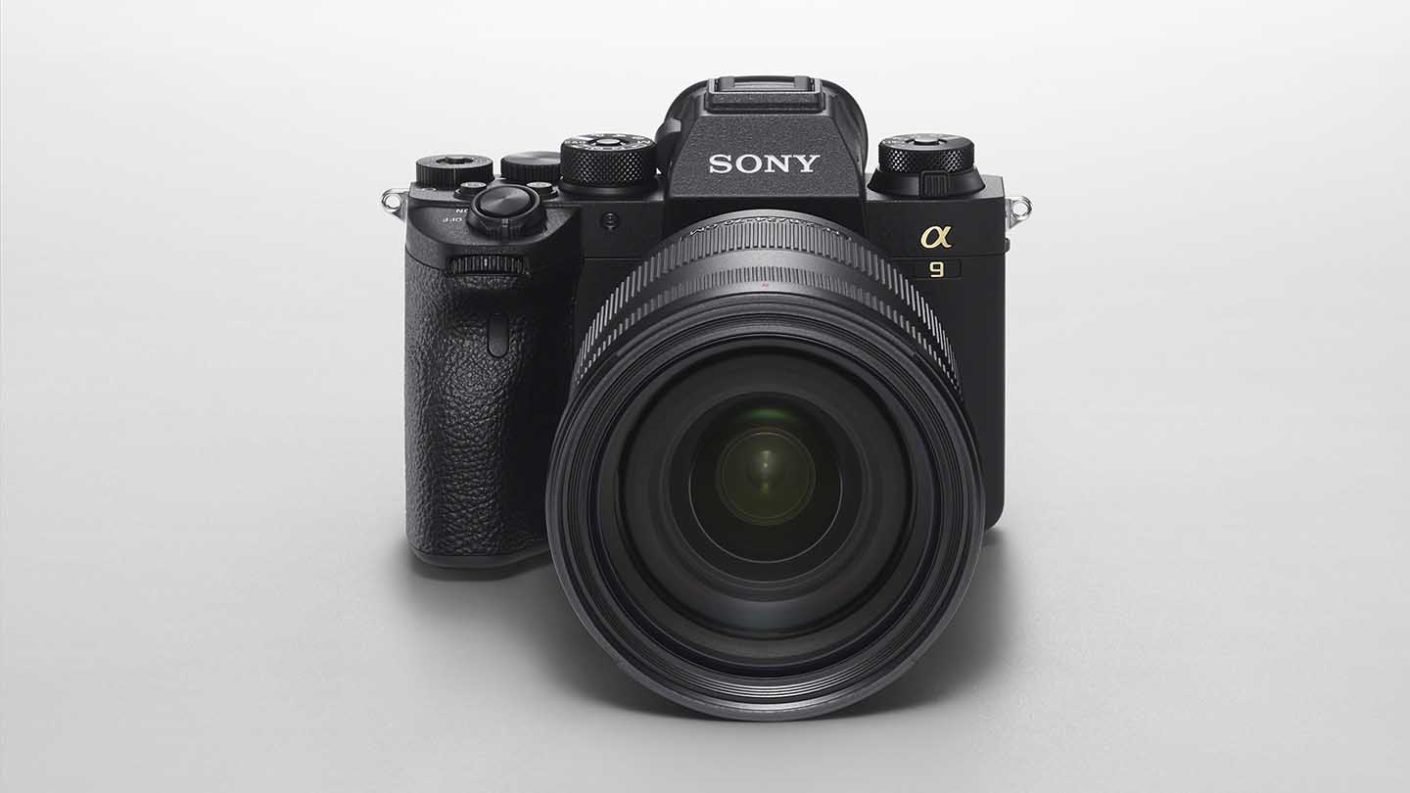
Specification
- Camera type: Full-frame mirrorless
- Sensor: Stacked 24-megapixel full-frame sensor
- Lens mount: FE
- Autofocus: 693-point phase detection AF system, with 425 contrast AF points
- Maximum continuous shooting rate: 20fps
- Maximum video resolution: 4K
- Viewfinder: 0.5-inch electronic viewfinder, 3,6m-dot, 100% coverage
- Screen: 3-inch, 1.4m-dot, tilting, touch-sensitive
- Connectivity: Built-in 1000BASE-T Ethernet terminal
The Sony A9 II retains the same stacked 24-megapixel full-frame sensor as its predecessor, the A9. However, thanks to the addition of Sony’s uprated Bionz X processor, it has faster more precise operation.
The A9 II also retains the A9’s much-lauded 693-point phase detection AF system, which also includes 425 contrast AF points. It also incorporates Sony’s Real Time Eye-AF, Real Time Tracking and Fast Hybrid Focusing modes.
Some of the bigger changes in the A9 II vs the A9 are in its design, which includes new weather-proofing around the A9 II body should appeal to professional users. Sony has also reinforced the areas around ports and battery and memory card doors to prevent ingress of water.
Another new addition to the Sony A9 II is a built-in 1000BASE-T Ethernet terminal, enabling gigabit communication for high-speed data transfer.
The Alpha 9 II also adds a new Voice Memo function that allows users to attach voice memos to specific images that can be replayed when the images are reviewed.
Check the price of the Sony A9 II at B&H Photo Video and Wex Photo Video and get the latest offers at Amazon UK and Amazon US.
£4800
$4500For
- Built for speed
- Outstanding AF
- Enhanced design

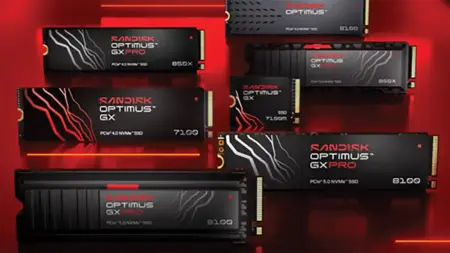
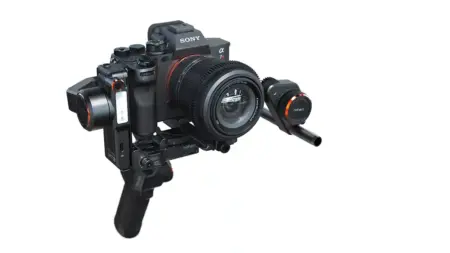
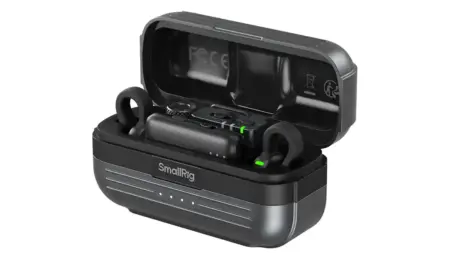
Leave a Reply
You must be logged in to post a comment.